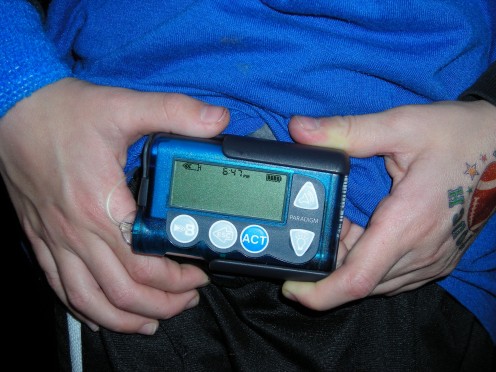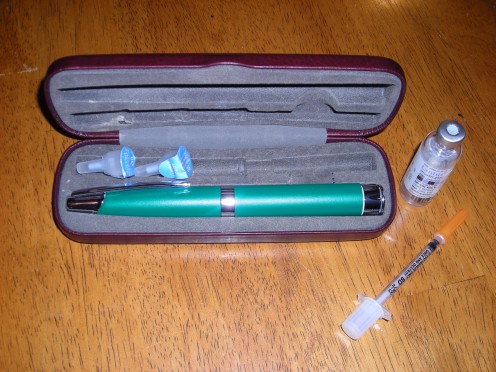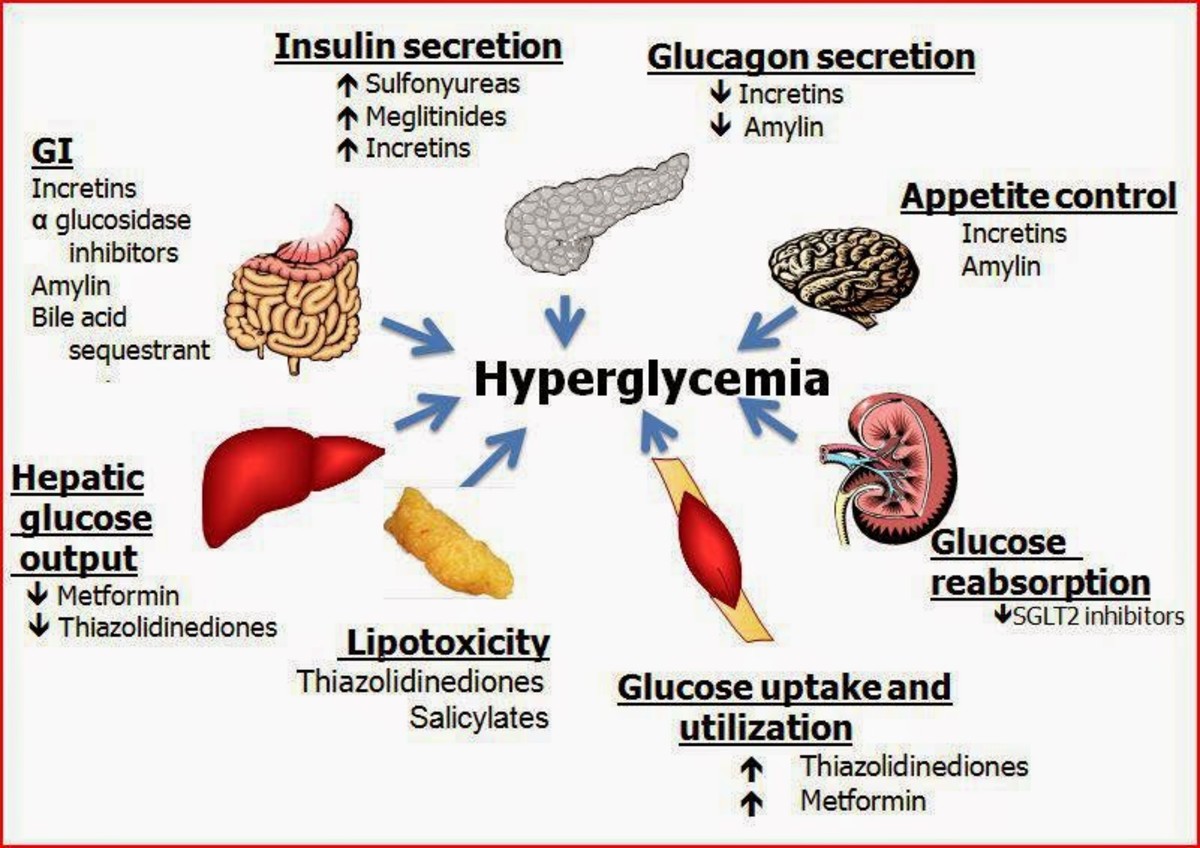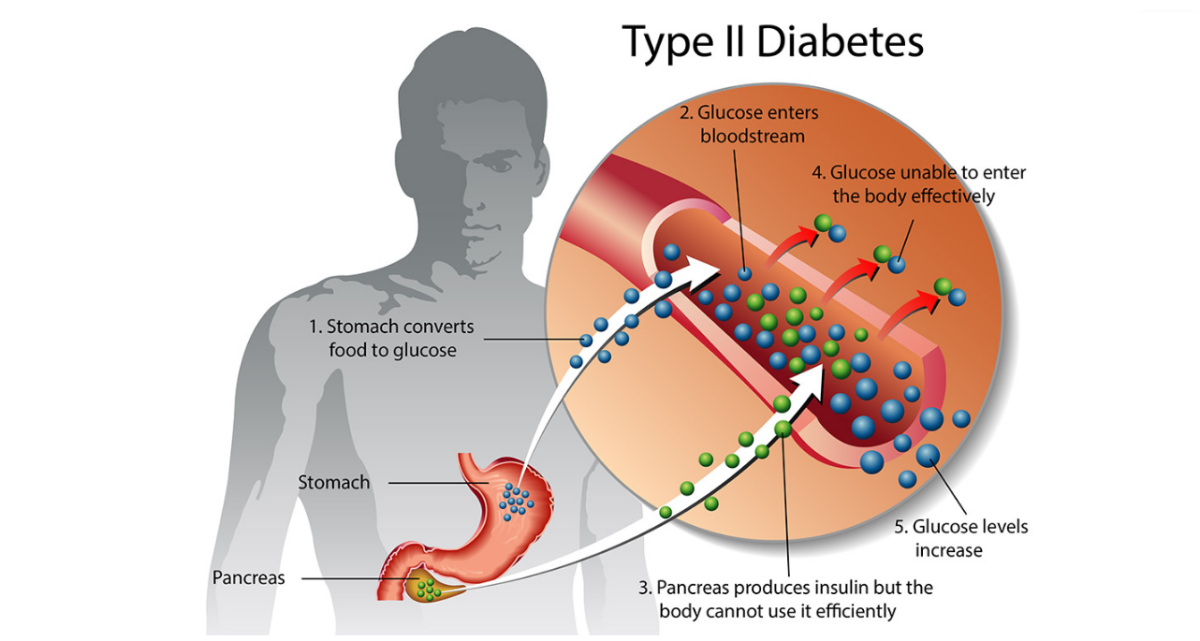The Basics of Insulin Pump Therapy



Insulin Pump Therapy ... Is it For You?
When you or someone you love is diagnosed with Type 1 diabetes, a flood of emotions course through your head. I know. Our youngest son was diagnosed Type 1 little over a year ago at age six. Now, nearly 13 months later, my wife and I can honestly say that Type 1 diabetes can be managed and a more-normal sense of life upheld. True, diabetes has its challenges, its frustrations, and its moments of fist-pounding and head-shaking, but the condition can be managed with proper education, discipline, and perseverance. In short, diabetes can be a MAJOR inconvenience. It is NOT, however, a death sentence!
During our time managing type 1 diabetes, we’ve come to learn that the tools currently available to help manage the day-to-day and hour-to-hour tracking of blood glucose levels are simply amazing; none more so than insulin pump therapy. The purpose of this hub will be to help anyone pondering whether or not insulin pump therapy is a viable option for them or a loved one. My hope is to explain the good and hopeful aspects of insulin pump therapy for both type 1 and type 2 insulin-dependent diabetics. To begin, here's a brief explanation to what insulin pumps are and what they do.
Simply put, insulin pumps are medical devices engineered to deliver insulin on a continual basis (a basal rate) and as needed with food (a bolus amount) without having to use insulin syringes or pens. All people, diabetic or not, require basal and bolus insulin. Non-diabetics have a working pancreas on the job. Insulin-dependent diabetics, on the other hand, require help and insulin pump therapy is the most advanced technology available. The learning curve involved with most insulin pumps is not that difficult. For most people, learning the basic insulin pump functions and how they relate to insulin pump therapy is the largest hurdle. For ease of reading, I’ll keep the basics short. By learning these functions, you’ll be up to speed in no time with your insulin pump.
Insulin Pump Features and Benefits
ACT: This is the function that allows you to authorize the pump to perform a function; such as: delivering a bolus, changing temporary bolus and basal rates, setting times for alarms, setting insulin to carbohydrate ratios, active insulin rates, and insulin sensitivity factors. There are, of course, other features of insulin pumps, but these are the basics.
Bolus Function: This function allows you to set bolus amounts based on previously-programmed carbohydrate ratios. The gist of the process includes entering your carbohydrate-to-insulin ratio(s) into the pump and then allowing the bolus feature to determine the proper dose. One of the greatest features of insulin pump therapy is knowing that the amount of insulin delivered—based on the blood glucose level you enter prior to delivering the bolus—can be delivered to the nearest 1/10th unit (compared to pens and syringes which only dose to the nearest ½ unit). This feature greatly reduces the risk of insulin stacking which often leads to hypoglycemia, by taking into consideration the amount of active insulin (explained below) in the body.
Setting blood glucose (BG) target range: Since every diabetes patient has different BG target ranges throughout the day, with most insulin pumps, you have the capability of setting a number of specific ranges. For example, suppose your blood glucose target range is between 80-120 mg/dL from 12:00 am through 4:00 am and 70-140 mg/dL for other periods of the day, you can select both and the pump will do the math depending on the appropriate time of day.
Carbohydrate ratios: With most pumps, you can set numerous carbohydrate ratios depending on the time of day and the specific meal. A quick example: 17 carbs to 1 unit of insulin at breakfast, and 25 carbs to 1 unit insulin at dinner, and so forth… The beauty of this feature is that the pump will do all the math once you enter the amount of carbohydrates per meal.
Insulin sensitivity factor: This is an important feature which takes the often-confusing math out of your hands when determining correction doses for high blood glucose levels. For example: 1 unit of insulin lowers overall BG level 65 mg/dL. This is a factor you will need to discuss with your physician prior to insulin pump therapy.
Active insulin time: Active insulin is the amount of insulin still working in your body; typically between 2-3 hours depending on the type of insulin used. Insulin pumps track every insulin unit as well as the time it was delivered therefore helping to eliminate the occurrences of hypoglycemia, or low blood glucose levels.
NOTE: These are functions available on the most popular insulin pumps. They are NOT necessarily universal. However, I'm fairly confident other insulin pump manufacturers have similar functions and features.
Insulin Pump Supplies
No matter how you look at it, diabetes, either type 1 or 2, is an expensive disease due to the amount of supplies needed: medicinal, testing, and mechanical. Insulin pump supplies are no different. In fact, the cost of insulin pump therapy is probably more than standard multiple daily injections via pen or syringe. In our humble opinion, however, the additional flexibility and effectiveness of diabetes control you obtain with insulin pump therapy is worth more than any price. All that being said, a short listing of insulin pump supplies includes:
Ø Insulin pump infusion sets: There are various types, and in general, changed every 2-3 days; therefore, in the long run, can be expensive.
Ø Insulin reservoir sets: These come in various capacities and are typically changed whenever a new infusion set is used. They, too, can be pricey.
Ø Tagaderm: This is a self-sticking adhesive pad used along with most insulin pump infusion sets to keep the infusion site and cannula in place. There are other types of adhesives available, however.
Ø Infusion set cannulas: These are often sold along with insulin pump infusion sets and are therefore replaced every 2-3 days.
Ø And of course, the standard blood glucose testing strips, blood glucose meter, and alcohol wipes are typical fare for diabetics.
Long-Term Diabetes Success is Just an Insulin Pump Away...
To conclude, insulin pump therapy, our son and family feel, is the most effective, least inconvenient, and greatest tool in our belt against type 1 diabetes. Sure, the initial insulin pump price and pump supplies will be greater. But when it comes time for improved blood glucose monitoring and control, lower A1Cs, and fewer long-term health complications, insulin pump therapy is PRICELESS!






